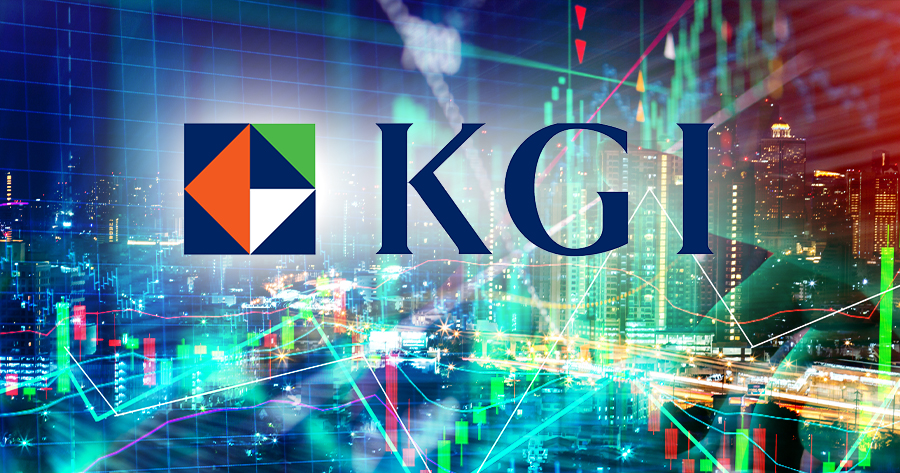KGI Securities notes in its report that the price of Dubai crude rose 1% week-on-week to $70.1 per barrel on Friday, supported by heightened geopolitical tensions in the Middle East but tempered by concerns over sluggish global oil demand amid the ongoing U.S. trade spat.
Investors are keeping a close eye on upcoming U.S.-EU trade negotiations, as potential American tariffs on European imports loom, scheduled to kick in on August 1. Meanwhile, diplomatic efforts continue with Iran’s planned nuclear discussions with France, Germany, and the U.K. this Friday. The outcome is significant, as European threats to reimpose UN sanctions on Tehran hinge on progress before summer’s end.
On the supply side, U.S. commercial crude inventories fell by 3.86 million barrels to 422 million, while production held steady at 13.38 million barrels per day, despite a slight pullback in active rigs.
Refining Margins Shift as Diesel Outpaces Gasoline
Singapore’s gross refining margin (GRM) narrowed by 12% week-on-week, settling at $4.2 per barrel, as a softer gasoline spread—down 7% to $9.0 per barrel—reflected weaker demand from India.
In contrast, jet fuel and diesel spreads recorded gains, up 5% to $16.7 and $20.8 per barrel, respectively. These were attributed to the anticipated closure of approximately 840,000 barrels per day of global refining capacity by 2025.
The European Union (EU) also introduced its 18th sanctions package against Russia, banning imports of refined products made from Russian crude and propelling diesel spreads to $23.1 per barrel on Friday. However, relief came as the EU postponed the effective date of the ban to January 21, 2026, granting a six-month transition period and easing immediate supply concerns.
Looking ahead, the analyst expects wider jet oil and diesel spreads to lift Thailand’s refining margins in the third quarter of 2025.
Petrochemical Market Sees Marginal Recovery in HDPE, PP Spreads
Polyolefin spreads showed modest week-on-week improvement, with HDPE and PP rising 1% to $360 and $356 per ton, respectively, due to more affordable naphtha feedstock.
Despite this uptick, spreads remained at depressed levels (below US$500/ton and US$550/ton, respectively), pressured by substantial new supply: PE and PP capacities are set to rise by around 5-7 million tons for each in 2025 and 2026.
The polyester segment was weaker, as Asian PET’s spread slid 3% to $58 per ton—well below the $120 per ton threshold—on the back of significant capacity expansions through 2024 and 2025, further weighing on margins.





